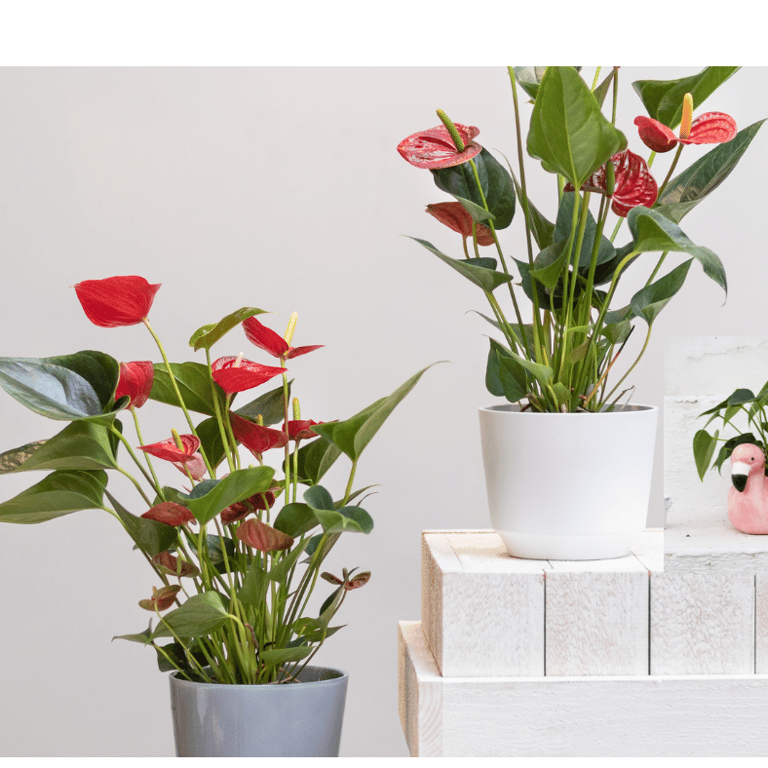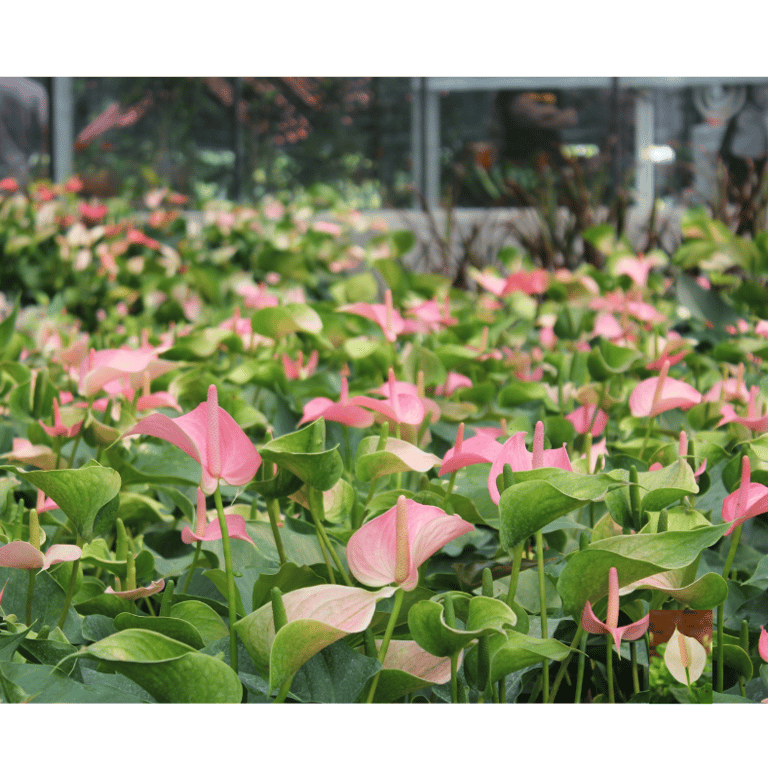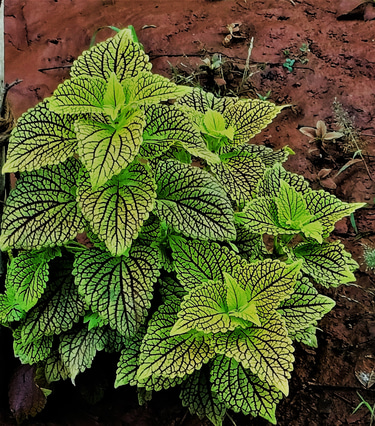Diseases and pests of Anthurium
There are many number of diseases and insect pests affecting the anthuriums. Among the the diareses, bacterial wilt and blight, root rot caused by fungus are very important. Few of the sucking pests like Thrips, scales, mealy bugs and aphids have some devastating effect on anthurium cultivation.
CROP CULTIVATION
8/23/20243 min read
Anturium
Anthuriums are known for their mesmerizing floral parts. Plants produce inflorescence (spadix) subtended by thick modified bract with vibrant color and wavy surface and long petiole. Anthurium are neotropical in origin and now being cultivated in various countries in the world like Netherlands, Mauritius , Hawaii , Japan, South Korea, Indonesia, Singapore. Netherland is the leading producer of anthurium followed by Mauritius. The flower is second most popular cut flower in global market after orchids and eleventh important flower contributing to worlds flower trade.
In India Anthurium cultivation has been restricted to households as gardening plant. Now the same getting status of commercial importance either to sell as cut flower or as nursery plant. North eastern state like Mizoram and in some patches of Western Ghats have shown interest in commercial cultivation of anthurium.
Anthurium prefers growing outdoor, but under shade. It can not tolerate bright sun rays falling on leaves. Absence or scarcity of sun light also detrimental which induces excessive branching and delayed flowering. Anthurium can be cultivated in open field, but prefers protected environment like green or poly house to yield better. Plants require well aerated and properly drainable soil.


Diseases of Anthurium
Anthurium are succulent plants which are grown under humid and warm conditions, obviously attract plenty of disease causing pathogens, may be bacterial or viral or fungal kind. Important among them are Bacterial Blight, Bacterial Wilt and different kinds root rots.
Bacterial Blight: It a caused by bacteria Xanthomonas axonopodis. The disease is characteristics of appearance of water soaked lesions on leaves which later turns quickly into necrotic spots. Brownish discoloration exhibited by stem in severe cases. Bacteria take entry into plants through cut or wound or punctures. In advanced condition entire plant wither and dry.
Management: Diseases spread is avoided by keeping the foliage of the plant dry. Severely affected plants may be uprooted and discarded to avoid further spread.
Bacterial wilt: The disease is caused by bacteria Ralstonia solanacearum. Symptoms of the disease include yellowing of leaves initially and brownish discoloration of shoots and veins in later cases. Plants wilt even under proper watering, as vascular system is affected. Pathogens are transmitted through soil, infected equipment and affected plant materials.
Management: Bacterial wilt disease is managed well by using disease free plant materials and use of sanitized garden equipment. Destroying of affected plants may prove beneficial. Spraying with Streptocycline @ 200 ppm may take care of the affected plants.
Root Rot: This disease caused by fungal organism Rizoctonia, pythium and phytophora. The pathogens affect root and lower stem portion of the plants. Under severe infection, even upper shoot portions are affected. Main symptom of the disease is damping off of young plants where plants rot at collar region and dislodge. High humidity and water stagnation or excessively irrigated soils favor the pathogens. The disease is also symptomatic of stunted growth, discoloration and softening of roots, drooped leaves.
Control: Use of disease free propagation materials is first measure to be taken up. Avoid using infected soil in potting mix to minimize the problem. Avoid excess watering and water logging conditions. Drenching the soil with Captan @ 2gm/ltr may prove beneficial.
Black nose of Anthurium: Colletotrichum gloeosporioides is the fungal pathogen responsible for the disease. In this case spadix of the anthurium develops small pecks which enlarge quickly and turn brown to black and may occupy entire spadix in later on.
Control: Proper sanitation of the garden restricts the spread of pathogen. Spraying with Bavistin @ 0.1% may contribute to control the disease.
Insect Pests of Anthurium:
Sap sucking pests like Aphids, Mealy bugs, Thrips are the important insects infesting the anthurium plants. Having had piercing and sucking type of mouth parts, they puncture the shoots, leaves and inflorescence.
Aphids: These sap sucking insects may be white or green or brown in color, congregate at stem or petiole of leaves and inflorescence. Affected plants show punctured, withered and distorted leaves. Plant growth becomes restricted, thus flowering. The insects secrete some kind of gummy substances to cause sooty mold.
Control: Sanitize the affected plant part with alcohol dipped cotton swab. Spray the neem oil or insecticidal soaps to control aphids.
Mealy Bugs: Being sucking insect pests, mealy bug cause similar kind of impact as aphids do. Mealy bugs are white in color and fuzzy in appearance, voraciously suck the tender plant parts.
Control: The affected plant portion may be cut and discarded. Application of insecticidal soaps and spray of oil emulsion may be effective.
Scales: These are other kind of sucking pest. Insects bear waxy shell and found attaching to shoot and leaves.
Control: Spray malathion @ 0.1 % or similar kind of insecticides with prescribed dosage may hold good.
Thrips: Thrips are tiny insects, light yellowish brown in color, suck the sap from leaves, shoots and inflorescence.
Control: Spray Nuvacron 2 ml / litre of water or taking up of Malathion spray @ 0.1%.
Spider mite: Red spider mites feed on leaves to cause withering of leaves. Nymphs congregate under surface of the leaves and feed from there.
Control: One or two Sprays of Kelthane @ 1 ml /l may control the spider mite populations. application of wettable Sulphur @ 0.03 is also found effective.
Snails: Snails feed on tip of the roots, leaves and tender shoots. Infestation causes small bubbles or bulging over the leaves.
Control: Use a snail guard. Use a bait of mixture of Metaldehyde with chick feed to attract snails, same are collected and disposed off.
Newsletter
Sign up for our newsletter and get notified about all new posted articles.
ADDRESS
House No. 2-113(P), Visnumurthynagar, Kelarkalabettu, Thenkanidiyuru, Udupi
cONTACT
7975809540
satishmqc362@gmail.com
